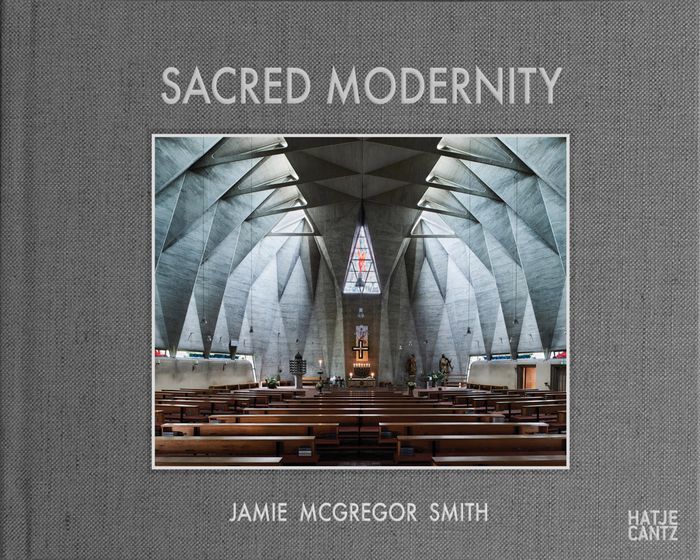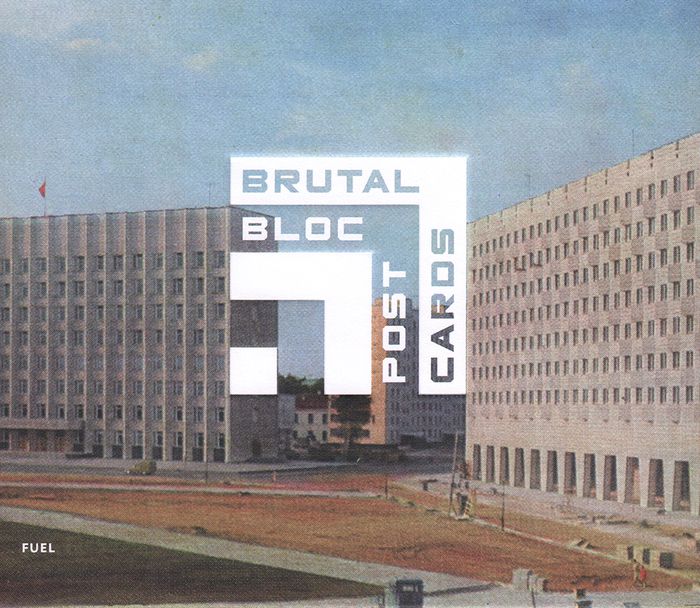$102.00
(disponible sur commande)
Résumé:
Spurred on by the modernizing impulses of the Second Vatican Council in the early 1960s, the Catholic Church searched for an appropriate architectural language that showed its relevance to the modern world. ''Sacred Modernity'' documents this dramatic shift in ecclesiastical architecture across postwar Europe. Among these structures, some exude a joyful antagonism, while(...)
Sacred modernity: The holy embrace of modernist architecture
Actions:
Prix:
$102.00
(disponible sur commande)
Résumé:
Spurred on by the modernizing impulses of the Second Vatican Council in the early 1960s, the Catholic Church searched for an appropriate architectural language that showed its relevance to the modern world. ''Sacred Modernity'' documents this dramatic shift in ecclesiastical architecture across postwar Europe. Among these structures, some exude a joyful antagonism, while others emanate a cold minimalism. Boldly designed, outrageous and provocative for their time, the aesthetic of this period still ignites great debate between modernists and traditionalists. Half a century on, this study traces how their materials and ideals have matured and patinated. The book represents the first attempt to collate the religious architecture of the mid-century high modern years that took many forms, from Brutalism to Structural Expressionism.
Modernisme
Brutal bloc postcards
$42.50
(disponible sur commande)
Résumé:
Brutal concrete hotels, futurist TV towers, heroic statues of workers—this collection of Soviet-era postcards documents the uncompromising landscape of the Eastern Bloc through its buildings and monuments. These are interspersed with quotes from prominent figures of the time, which both support and confound the ideologies presented in the images. In contrast to the(...)
août 2018
Brutal bloc postcards
Actions:
Prix:
$42.50
(disponible sur commande)
Résumé:
Brutal concrete hotels, futurist TV towers, heroic statues of workers—this collection of Soviet-era postcards documents the uncompromising landscape of the Eastern Bloc through its buildings and monuments. These are interspersed with quotes from prominent figures of the time, which both support and confound the ideologies presented in the images. In contrast to the photographs of a ruined and abandoned Soviet empire we are accustomed to seeing today, the scenes depicted here publicize the bright future of communism: social housing blocks, palaces of culture and monuments to comradeship. Dating from the 1960s to the 1980s, they offer a nostalgic yet revealing insight into social and architectural values of the time, acting as a window through which we can examine cars, people and, of course, buildings. These postcards, sanctioned by the authorities, were intended to show the world what living in communism looked like.

